- Home
- Upcoming #SLEEPON APP 3.0
- Upcoming #SLEEPON APP 3.0 Feature Sharing # Real-Time Data Display
Upcoming #SLEEPON APP 3.0 Feature Sharing # Real-Time Data Display

Hello, dear SLEEPON family members, we meet again! In this issue, let’s continue our excitement and share with you the upcoming real-time monitoring features of SLEEPON 3.0. We hope you enjoy reading this article.
For more articles about SLEEPON 3.0, please click here >>
Real-time Heart Rate Monitoring
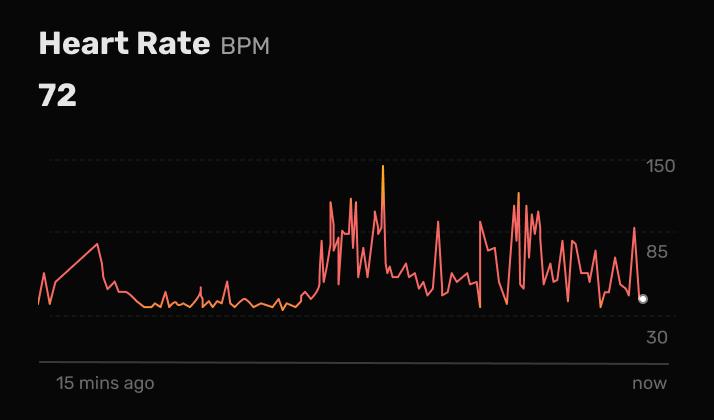
SLEEPON APP 3.0 will provide real-time heart rate monitoring functionality, helping users to understand their heart rate changes at any time.
Users can monitor their heart rate in different sleep stages and activity states, thereby gaining a better understanding of their physical condition.
In sleep monitoring, monitoring changes in heart rate can provide important information about sleep quality and overall health. Here are some possible variations in heart rate during sleep monitoring:
- Heart rate changes during falling asleep: Typically, heart rate gradually decreases during falling asleep, which is a normal physiological response. When the body enters the deep sleep stage, heart rate usually reaches its lowest point.
- Increased heart rate during REM sleep: During Rapid Eye Movement (REM) sleep, heart rate usually increases. This is because brain activity increases during REM sleep, leading to an increase in heart rate.
- Heart rate variability during sleep: Heart rate variability refers to the variation in heart rate at different time points. Healthy individuals usually exhibit higher heart rate variability during sleep, which is considered an indicator of heart health.
- Association between sleep quality and heart rate: Poor sleep quality, insufficient sleep, or sleep interruptions may lead to heart rate abnormalities, such as increased heart rate or heart rate instability. Therefore, monitoring changes in heart rate during sleep can help evaluate sleep quality.
- Abnormal heart rate during sleep: Certain heart conditions or sleep disorders may cause abnormal heart rates during sleep, such as nocturnal tachycardia (fast heart rate during sleep) or nocturnal bradycardia (slow heart rate during sleep). Monitoring heart rate can help detect these abnormalities in a timely manner.
Overall, changes in heart rate during sleep monitoring can provide important information about sleep quality, heart health, and overall health status. Monitoring heart rate changes can help better understand the body’s responses and adjustments during sleep.
Blood Oxygen Saturation Monitoring
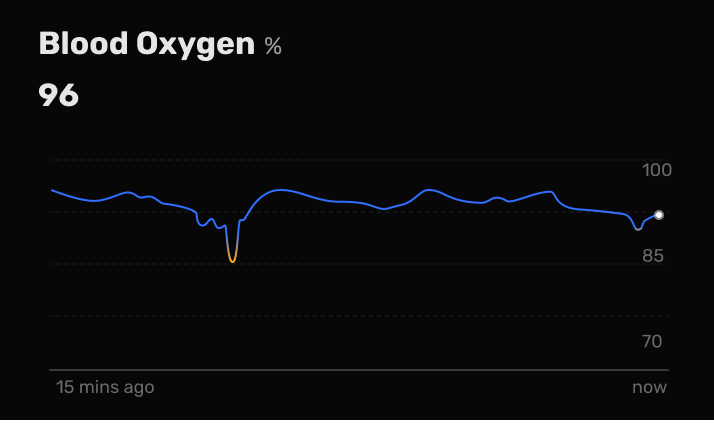
Through SLEEPON APP 3.0, users can monitor their blood oxygen saturation in real-time to understand if their oxygen levels are within the normal range.
This is particularly important for users who are concerned about their health, especially those with sleep-related breathing issues.
In sleep monitoring, changes in blood oxygen saturation can provide crucial health information, particularly related to the respiratory system and sleep quality. Here are possible variations in blood oxygen saturation during sleep monitoring:
- Blood oxygen saturation changes during falling asleep: Typically, blood oxygen saturation slightly decreases during falling asleep. This is because breathing becomes slower and deeper during sleep, leading to a slower intake of oxygen into the bloodstream.
- Decrease in blood oxygen saturation due to respiratory events: Respiratory events such as apnea or reduced breathing during sleep can cause a decrease in blood oxygen saturation. For example, patients with sleep apnea experience a sharp drop in blood oxygen saturation during apnea episodes.
- Blood oxygen saturation changes during REM sleep: During Rapid Eye Movement (REM) sleep, blood oxygen saturation may fluctuate, which is associated with increased respiratory activity during REM sleep.
- Association between sleep quality and blood oxygen saturation: Poor sleep quality, insufficient sleep, or respiratory issues can lead to a decrease in blood oxygen saturation. Monitoring blood oxygen saturation can help evaluate sleep quality and respiratory health.
- Changes in blood oxygen saturation due to health issues: Certain health conditions such as lung diseases, cardiovascular diseases, or anemia can cause abnormalities in blood oxygen saturation. Monitoring changes in blood oxygen saturation can help detect these health issues in a timely manner.
Overall, monitoring changes in blood oxygen saturation during sleep can help assess respiratory health, sleep quality, and overall health status. Understanding the patterns of blood oxygen saturation changes can guide medical diagnosis and treatment, and help improve sleep quality and promote health.
Real-Time Pulse Monitoring
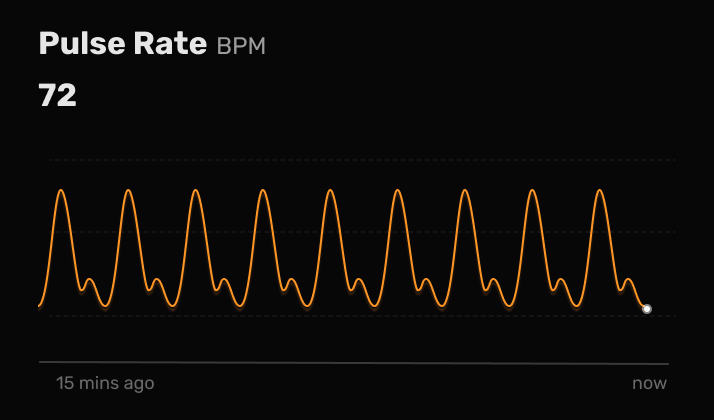
SLEEPON APP 3.0 will also include real-time pulse monitoring functionality, allowing users to stay updated on their pulse status at any time.
This is greatly beneficial for understanding physical activity levels, sleep quality, and adjusting lifestyle.
In sleep monitoring, changes in pulse can provide important information about sleep quality and heart health. Here are some possible variations in pulse monitoring during sleep:
- Pulse changes during falling asleep: Typically, pulse gradually decreases during falling asleep. This is because the body enters a relaxed state, leading to a corresponding decrease in heart rate and pulse.
- Increased pulse during REM sleep: During Rapid Eye Movement (REM) sleep, people’s pulse usually increases. This is due to increased brain activity during REM sleep, leading to an increase in heart rate and pulse.
- Pulse variability during sleep: Pulse variability refers to the variation in pulse at different time points. Healthy individuals usually exhibit higher pulse variability during sleep, which is considered an indicator of heart health.
- Association between sleep quality and pulse: Poor sleep quality, insufficient sleep, or sleep interruptions may cause pulse abnormalities, such as increased pulse or unstable pulse. Monitoring changes in pulse during sleep can help evaluate sleep quality.
- Pulse abnormalities during sleep: Certain heart conditions or sleep disorders may cause pulse abnormalities during sleep, such as nocturnal tachycardia (fast pulse during sleep) or nocturnal bradycardia (slow pulse during sleep). Monitoring pulse can help detect these abnormalities in a timely manner.
Overall, monitoring changes in pulse during sleep can provide important information about sleep quality, heart health, and overall health status. Understanding pulse variations during sleep can help better assess sleep health and take appropriate measures to improve sleep quality and promote heart health.
Heart Rate
- Heart rate refers to the number of times the heart beats per minute. The normal heart rate for adults is typically between 60 and 100 beats per minute.
- Changes in heart rate can reflect the body’s activity status, such as an increase in heart rate during exercise and a decrease in heart rate during rest. Heart rates that are higher or lower than the normal range may be related to cardiovascular health, emotional state, physical exercise, and lifestyle habits.
Blood Oxygen
- Blood oxygen saturation refers to the level of oxygen bound to hemoglobin in the blood, typically expressed as a percentage (%). The normal blood oxygen saturation for healthy individuals should be above 95%.
- Low blood oxygen saturation may be associated with respiratory system issues, sleep apnea (such as sleep apnea syndrome), high-altitude reaction, and other factors. Monitoring blood oxygen saturation can help detect these problems in a timely manner and take appropriate measures.
Pulse
- Pulse refers to the pulsation caused by the flow of blood in the arteries, typically measured in beats per minute (BPM).
- The normal pulse rate for adults is typically between 60 and 100 beats per minute. Changes in pulse can reflect factors such as heart health, physical activity, and emotional state.
- In sleep monitoring, monitoring pulse can help understand the activity of the heart during sleep, evaluate sleep quality, and assess heart health.
In general, understanding the significance of these monitoring indicators can help users have a more comprehensive understanding of their physical and health conditions, enabling them to timely detect issues and take appropriate measures. With the real-time monitoring feature provided by SLEEPON APP 3.0, users can conveniently track these important indicators, promoting health management and sleep optimization.
SLEEPON 3.0 Upgrade: Your Voice Matters!

SLEEPON 3.0 Upgrade: Your Voice Matters!
Dear Go2sleep community members, Go2sleep is about to undergo a major upgrade – Go2sleep 3.0!
At this important moment, we eagerly await your feedback and want to invite you to leave your suggestions, expectations, or any ideas about Go2sleep 3.0 in the comments section. You can discuss the features you are most looking forward to, your expectations for the upgrade, or your personal sleep experience.
By sharing your opinions, you will become a key member in shaping the future of Go2sleep and building the community together.Your feedback will help us better understand your needs and provide you with a more personalized sleep experience.We hope to hear your opinions on new features, improvements, and innovations to ensure that Go2sleep 3.0 meets your expectations.
For more news on the 3.0 APP upgrade,could please subscribe and follow us.
Recent Posts :
Recent Posts :
- Black Friday Sleep Tech Mega Sale — Up to 58% OFF Smart Rings & Anti-Snoring Devices
- Finally, Sleep Naturally Again — The Mask-Free Way to Rest Better and Wake Up Refreshed
- How to Prepare Your Body Before Surgery for Better Recovery and Long-Term Success
- Stop Snoring Naturally: How MRD_M2 Helps Couples Sleep Better and Reconnect
- GO2SLEEP 3 Review: The Most Accurate Science-Backed Sleep Tracker Under $110
shop
Products
Company
Copyright © SLEEPON. All rights reserved.
SLEEPON keeps both Sleeponhealth and Sleepon.us due to the brand upgrading. We promise to provide the same products and service in both sites.

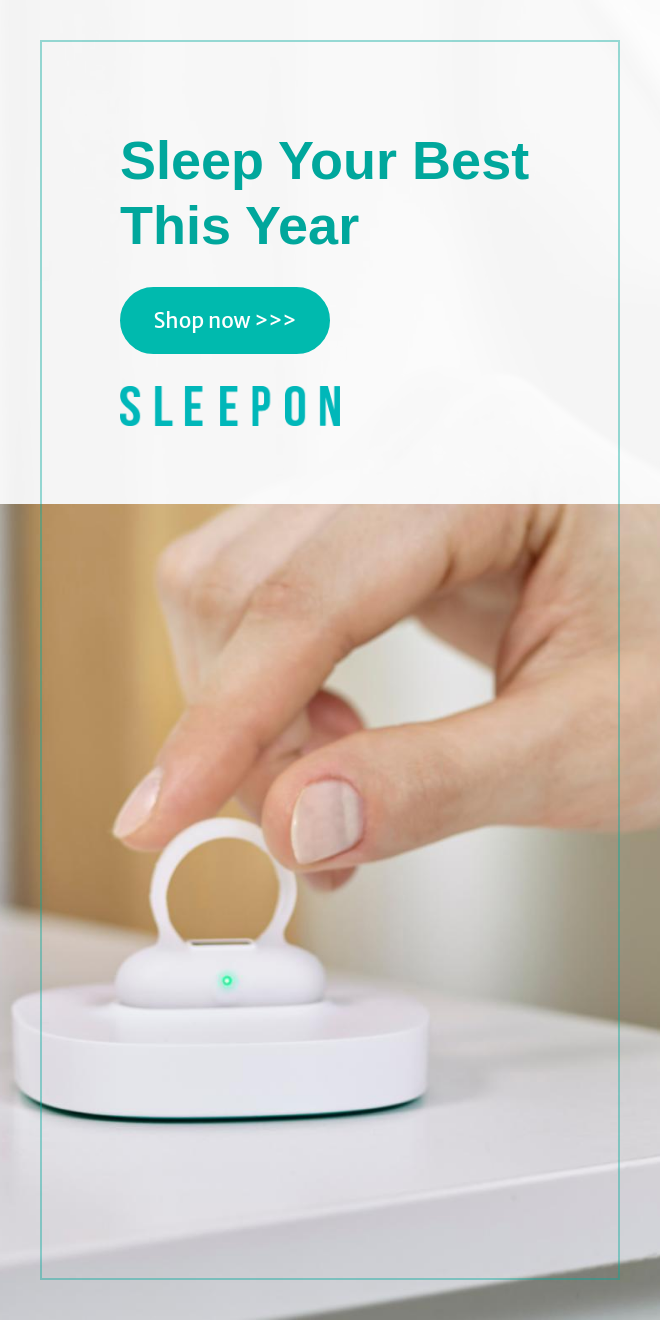
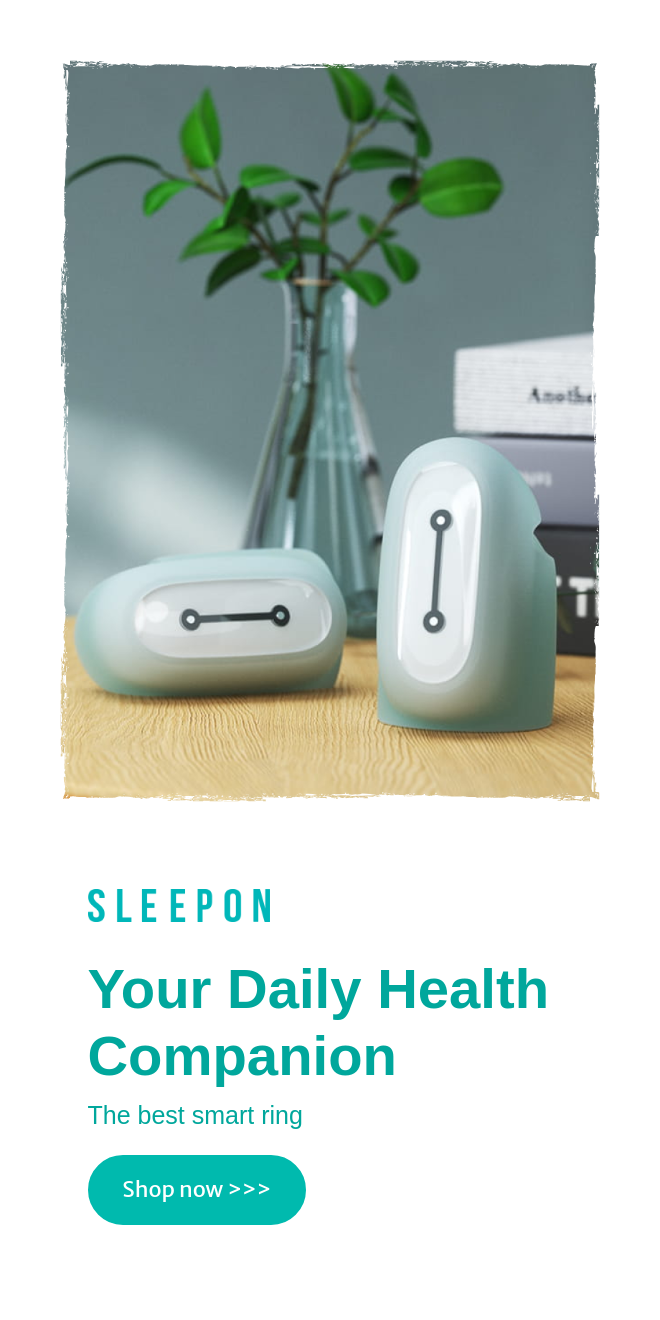


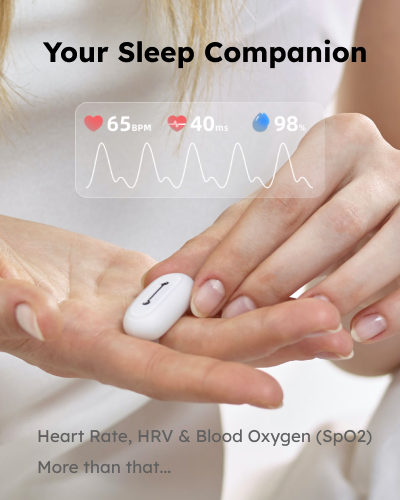





I am truly thankful to the owner of this web site who has shared this fantastic piece of writing at at this place.